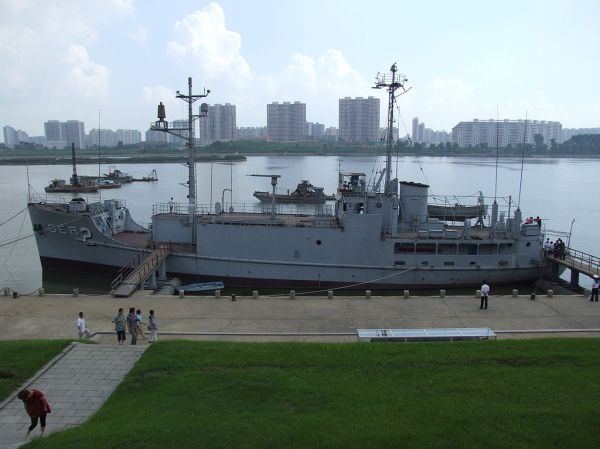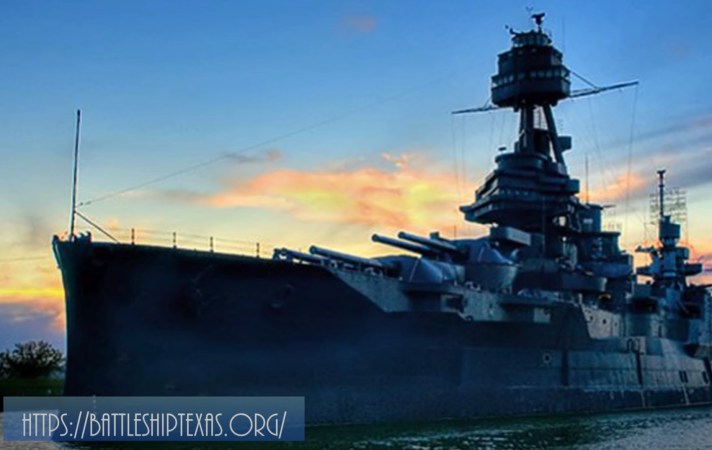Russia has a “tattletale” (spy ship) operating off the East Coast of the United States, but they’re not the only ones collecting Signals Intelligence (SIGINT). Here’s how the U.S. does spying of its own.

The Viktor Leonov’s snooping has drawn headlines this year – although a similar 2015 operation didn’t draw as much hoopla. It is one of a class of seven vessels in service with the Russian Navy, and is armed with a mix of SA-N-8 missiles and AK-630 close-in weapon systems.

The United States has not operated similar vessels ever since the environmental research vessel USS Pueblo (AGER 2) was captured off the coast of North Korea in 1968 and the technical research vessel USS Liberty (AGTR 5) was attacked by Israeli forces that mistook her for an enemy vessel in 1967, during the Six-Day War.

Still, the Navy needs to carry out collection missions and it does have options.
One is the use of aircraft like the EP-3E Aries II electronic intelligence aircraft. Based on the P-3 Orion maritime patrol aircraft, a Navy fact file notes that a dozen were purchased in the 1990s.
The plane was involved in a 2001 mid-air collision with a People’s Liberation Army Navy Air Force J-8 Finback. The EP-3E made an emergency landing at Hainan Island and the Chinese pilot was killed.

The Navy also uses its ships and submarines to gather signals intelligence.
According to the 16th Edition of Combat Fleets of the World, many of its top-of-the-line surface combatants, like the Ticonderoga-class cruisers and the Arleigh Burke-class destroyers are equipped with the AN/SLQ-32 electronic support measures system for SIGINT collection.
According to the Raytheon web site, this system also has the capability to jam enemy systems in addition to detecting and classifying enemy radars.

U.S. Navy submarines also have a sophisticated SIGINT suite, the AN/BLQ-10.
According to the Federation of American Scientists website, this system is capable of detecting, processing, and analyzing radar signals and other electronic transmissions. It is standard on all Virginia-class submarines and is being backfitted onto Seawolf and Los Angeles-class ships.
In other words, every American sub and surface combatant is able to carry out signals intelligence missions.


















